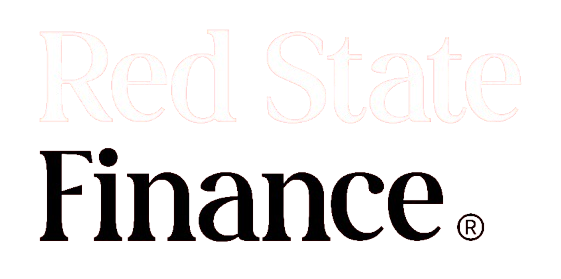BlackRock Inc. achieved a significant milestone in the second quarter, amassing $51 billion in client cash into its long-term investment funds, propelling the world’s largest money manager to a record $10.6 trillion in assets under management (AUM).
The surge was driven by robust investor interest in exchange-traded funds (ETFs) and fixed-income products. The New York-based financial titan disclosed on Monday that investors funneled $83 billion into ETFs and $35 billion into fixed-income assets overall during this period.
“Organic growth was driven by private markets, retail active fixed income, and surging flows into our ETFs, which had their best start to a year on record,” Chief Executive Officer Larry Fink stated. This influx signifies a broader market shift towards these investment vehicles as they offer diversification and potential stability in fluctuating markets.
Additionally, BlackRock saw $30 billion in net inflows to its cash-management and money-market funds during the quarter, culminating in total net flows of $82 billion. However, net flows into the long-term investment funds fell short of the $86 billion average estimate projected by analysts surveyed by Bloomberg.
The firm’s financial dynamics were influenced by a notable $20 billion redemption in active fixed-income from a large insurance client, as highlighted by Chief Financial Officer Martin Small during a call with analysts. Furthermore, BlackRock experienced $35 billion in institutional outflows from its index funds.
Despite these outflows, the company secured a landmark win with its first large-scale general account allocation for a private structured-credit mandate. The growth in BlackRock’s ETF inflows was partly driven by its higher-fee Strategic and Precision products. The firm also added approximately $2 billion to its illiquid alternatives business, with performance fees rising by $46 million from the previous year, partly due to increased revenue from liquid alternatives.
Shares of BlackRock saw a slight decline of 0.6%, trading at $823.41 at 9:45 a.m. in New York. This minor drop reflects the broader market’s cautious stance as money managers navigate the volatility spurred by the Federal Reserve’s interest rate hikes and fluctuating bond markets over the past two years. The S&P 500 index, which rose about 4% in the second quarter following a 10% increase in the first quarter, suggests investor optimism that the Federal Reserve might reduce rates come September.
This economic backdrop has encouraged a substantial flow of client cash into fixed-income funds, as asset managers highlight the potential risks of remaining in money-market funds that may struggle to maintain a 5% yield if rates decline. “The robust fixed-income flows that BlackRock delivered this quarter should boost investor confidence that the long-awaited great rotation to fixed income is beginning to materialize,” noted Kyle Sanders, a senior analyst at Edward Jones.
BlackRock continues to position itself as a comprehensive provider of a diverse array of actively managed and index ETFs and mutual funds, while ambitiously expanding its footprint in the burgeoning private assets sector. The firm’s $12.5 billion acquisition of Global Infrastructure Partners is set to add approximately $100 billion in assets, solidifying BlackRock’s position among the leading infrastructure investors.
Moreover, BlackRock’s recent £2.55 billion acquisition of Preqin, a private-markets data firm, marks a strategic move to enhance its data and analytics capabilities. Fink and other senior executives have emphasized that Preqin will enable BlackRock to “index the private markets,” thereby broadening access to alternative assets through advanced data utilization.
Financially, BlackRock reported a 12% year-over-year increase in adjusted net income per share, reaching $10.36, which surpassed Wall Street’s average estimate of $9.93. The firm’s revenue also saw an 8% uptick, rising to $4.8 billion compared to the previous year.
Despite these positive financial indicators, BlackRock’s shares have only risen about 2% year-to-date as of the market close on Friday, lagging behind the S&P 500 Index’s 18% gain. This performance underscores the challenges and opportunities that lie ahead as BlackRock navigates a complex and evolving financial landscape, aiming to sustain its growth trajectory while adapting to market dynamics and investor needs.





